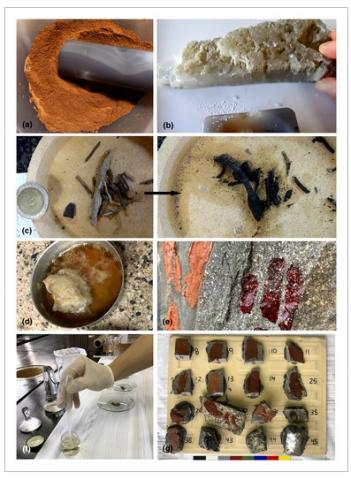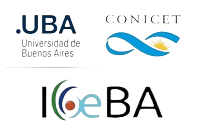Ivana Laura Ozán, Sebastián Oriolo, María Ana Castro, Andrés Latorre
2 020
Raman spectroscopy - Volume51, Issue11 November 2020 Pages 2272-2289
The present work analyzes Raman spectra of red, white, and black experimental paintings manufactured according to archeological and ethnographical data from Patagonia (South America), in order to provide reference patterns to better understand ancient signatures of rock art. Methodological insights are also presented, evaluating pitfalls and advantages of Raman spectroscopy. For this purpose, different pigments (hematite, gypsum, charcoal) mixed with binders and additives (Lama guanicoe fat, blood, urine, saliva, gypsum) were combined. Results show that, despite its high-spatial resolution, Raman analysis shows painting spectra often reflecting multicomponent signals at micrometer-scale. Results also indicate that fat and blood show well-defined spectra in paintings, whereas saliva and urine have negligible signatures, so a relatively high and low archeological preservation is expected, respectively. On the other hand, laser-related thermoalteration processes of fat and blood binders are triggered by the presence of hematite. This thermoalteration promotes conspicuous signatures in fat and blood binders related to disordered CC bonds (ca. 1,330 and 1,566 cm−1), which are also found in charcoal. Therefore, disordered carbon in the Raman spectra of rock art may not necessarily imply the presence of charcoal-bearing pigments but may also result from thermoalteration of organic materials. Evidence of blood migration through rock porosity is registered as well, with significant implications for rock art preservation, composition, and dating.

